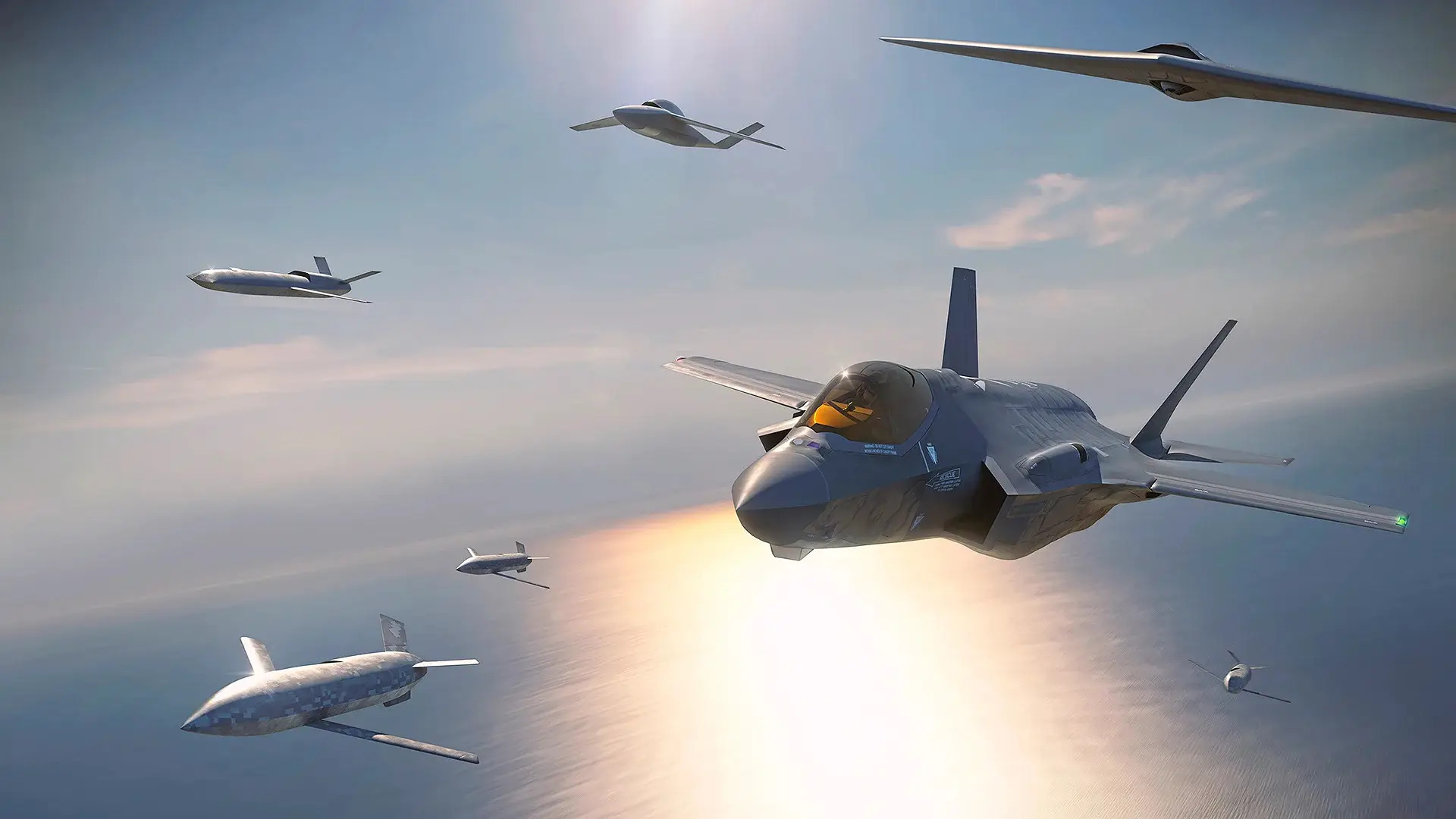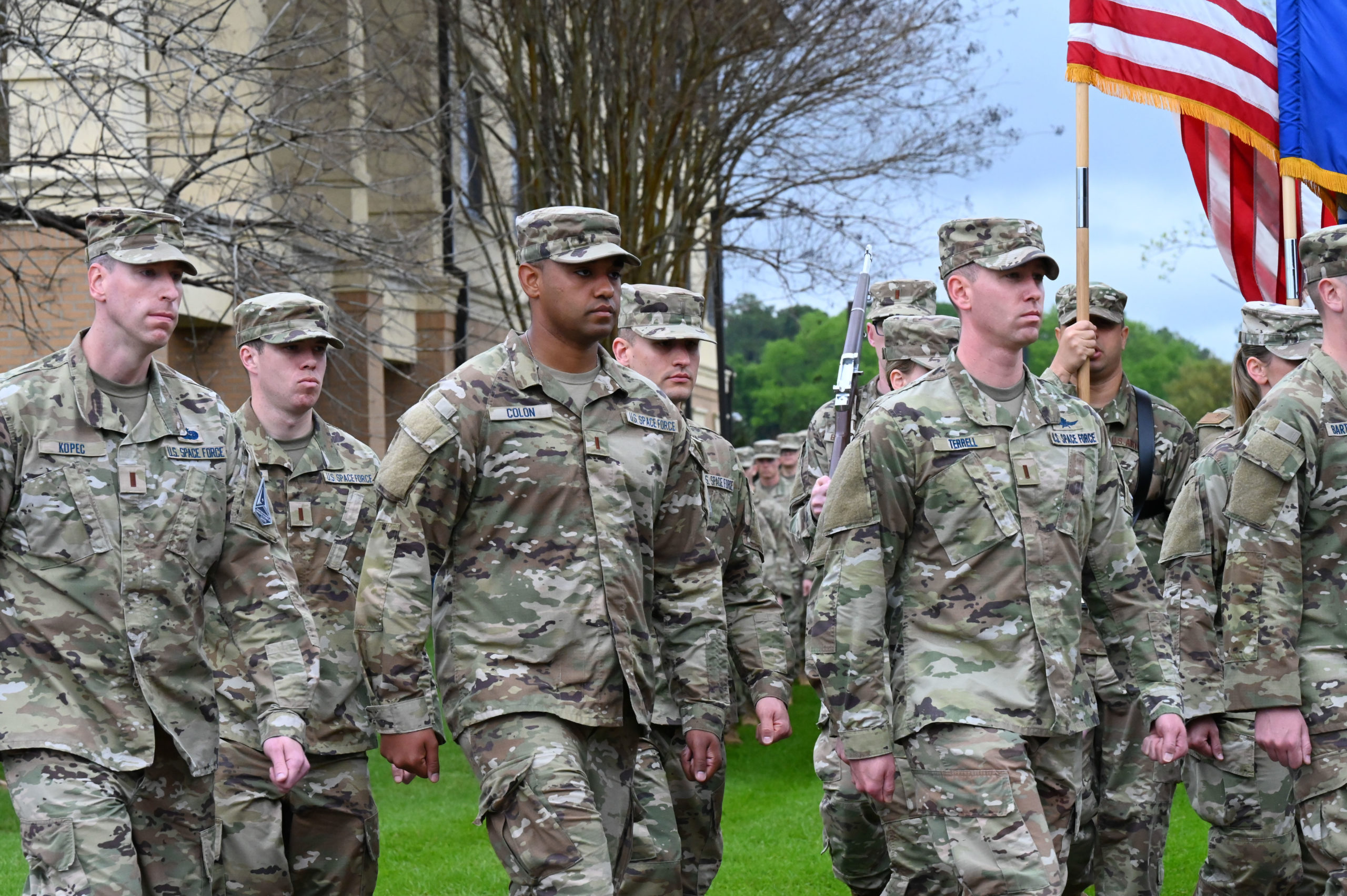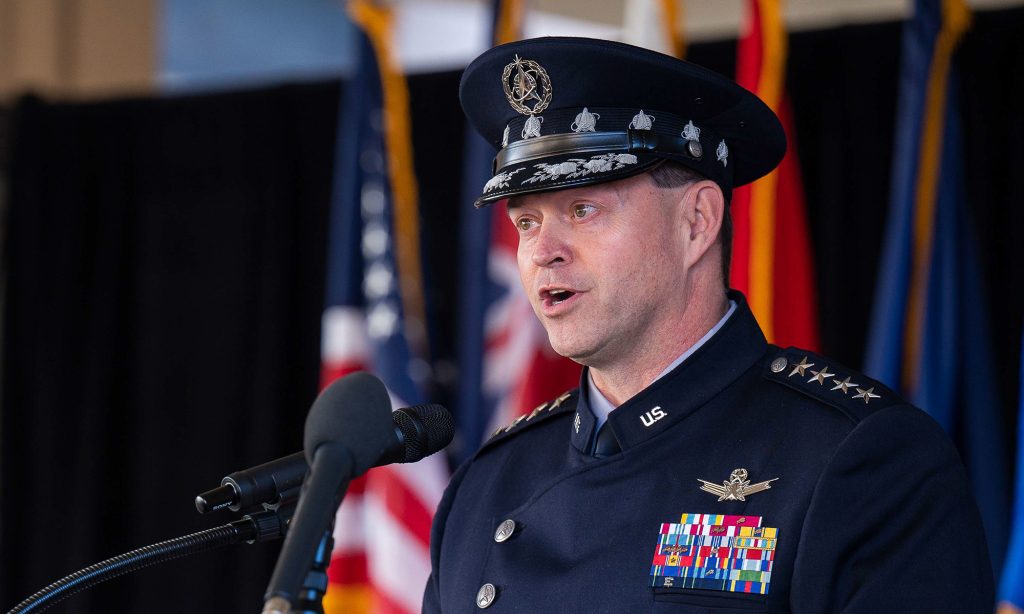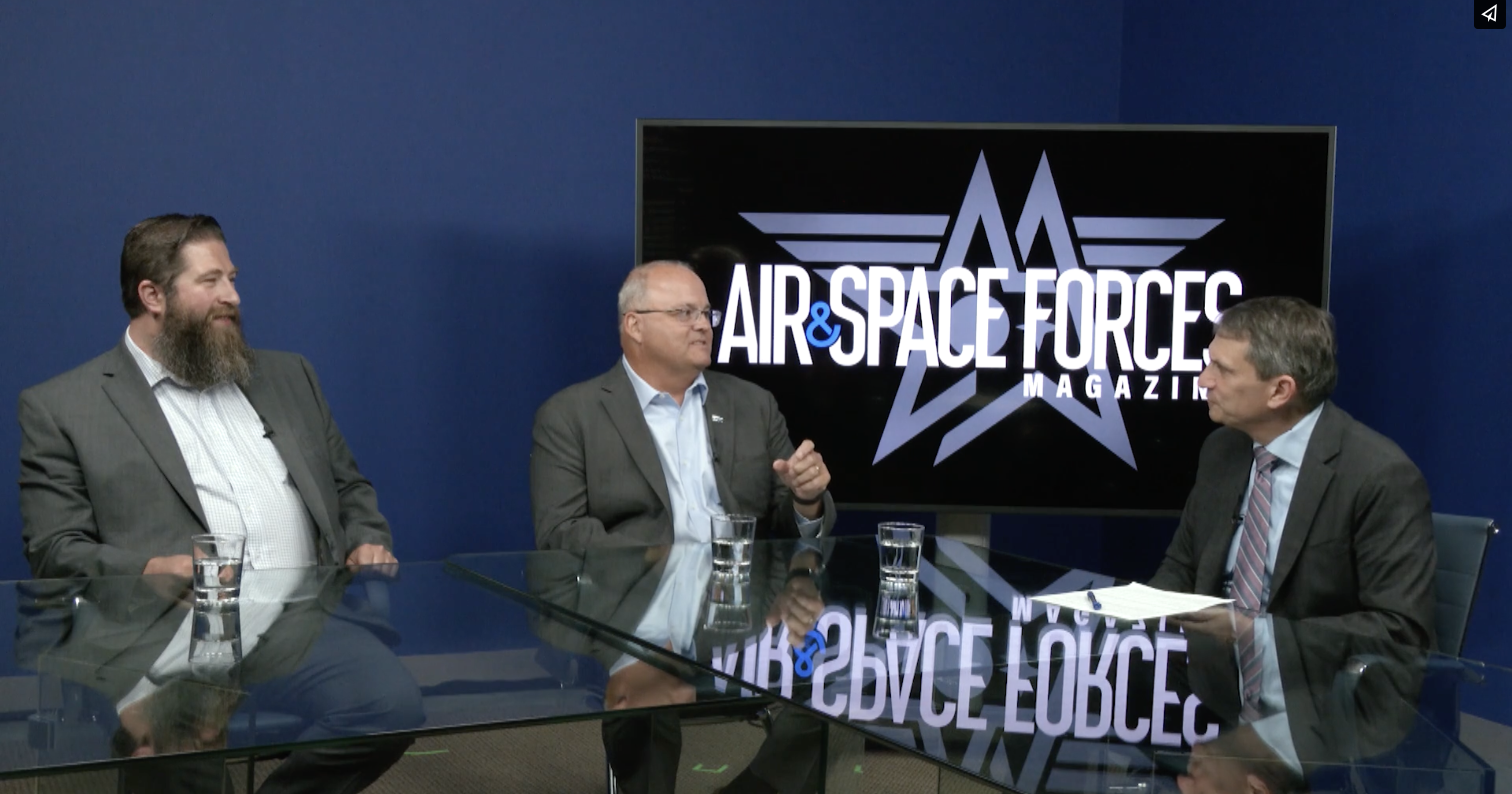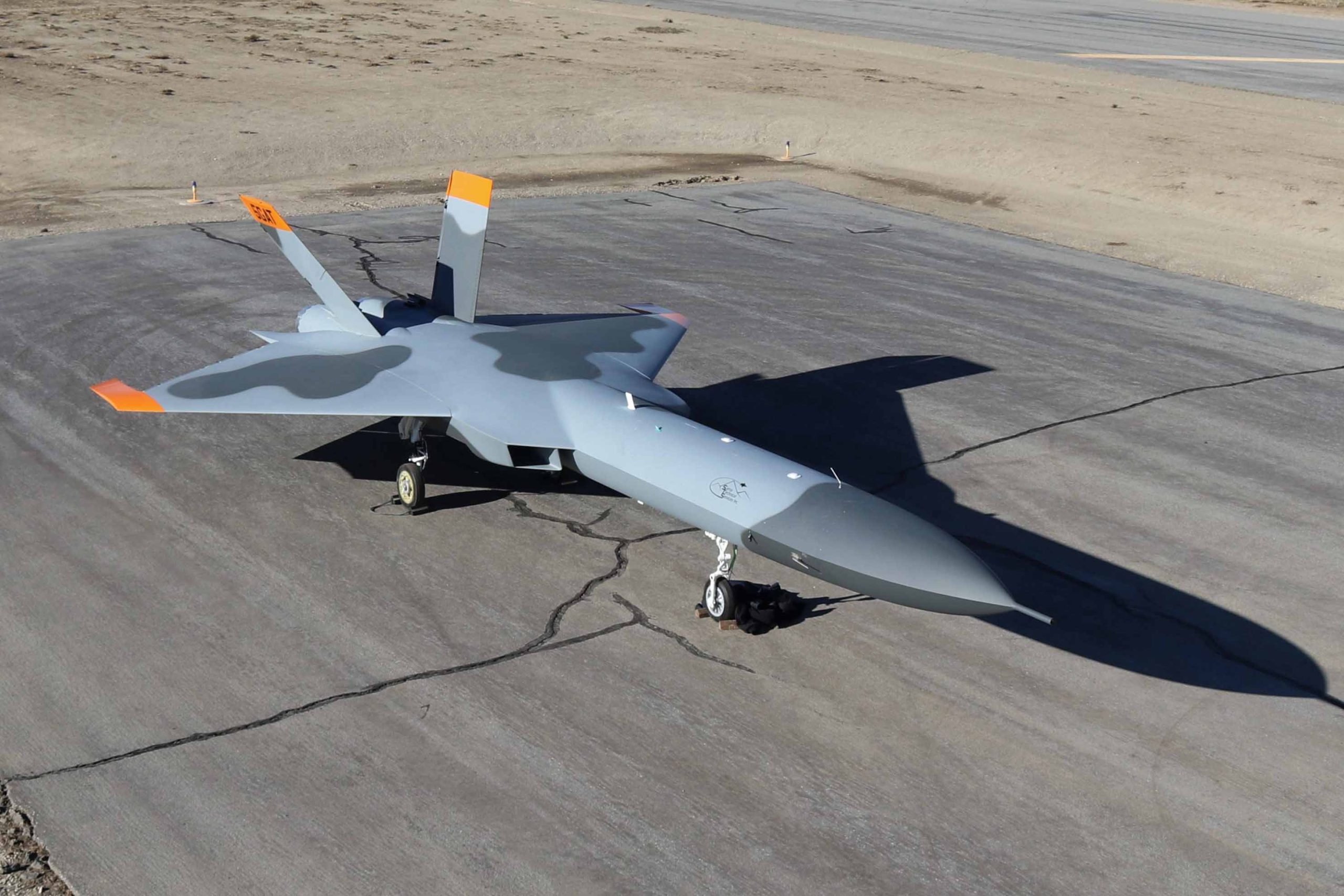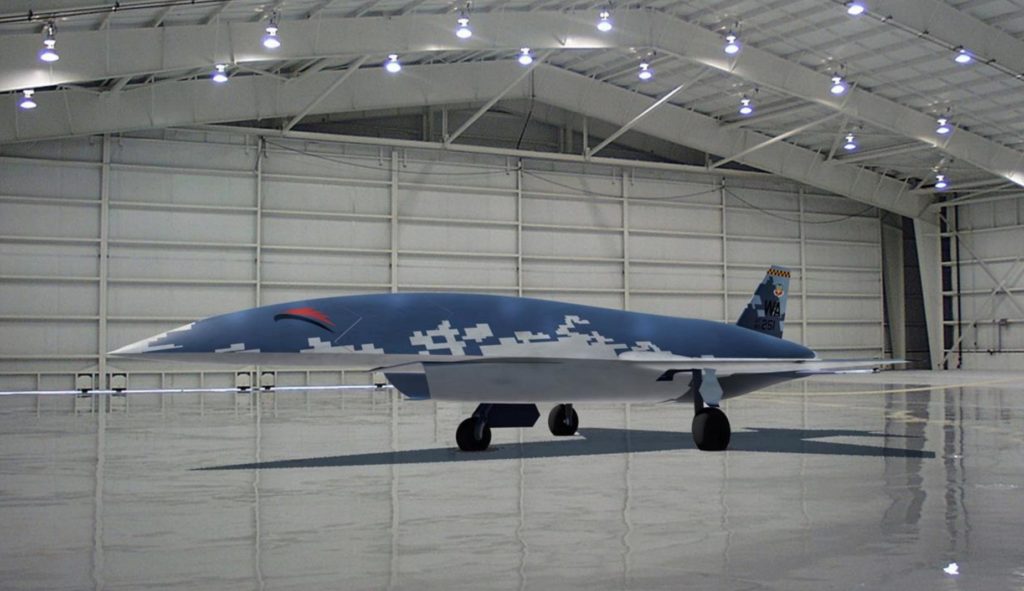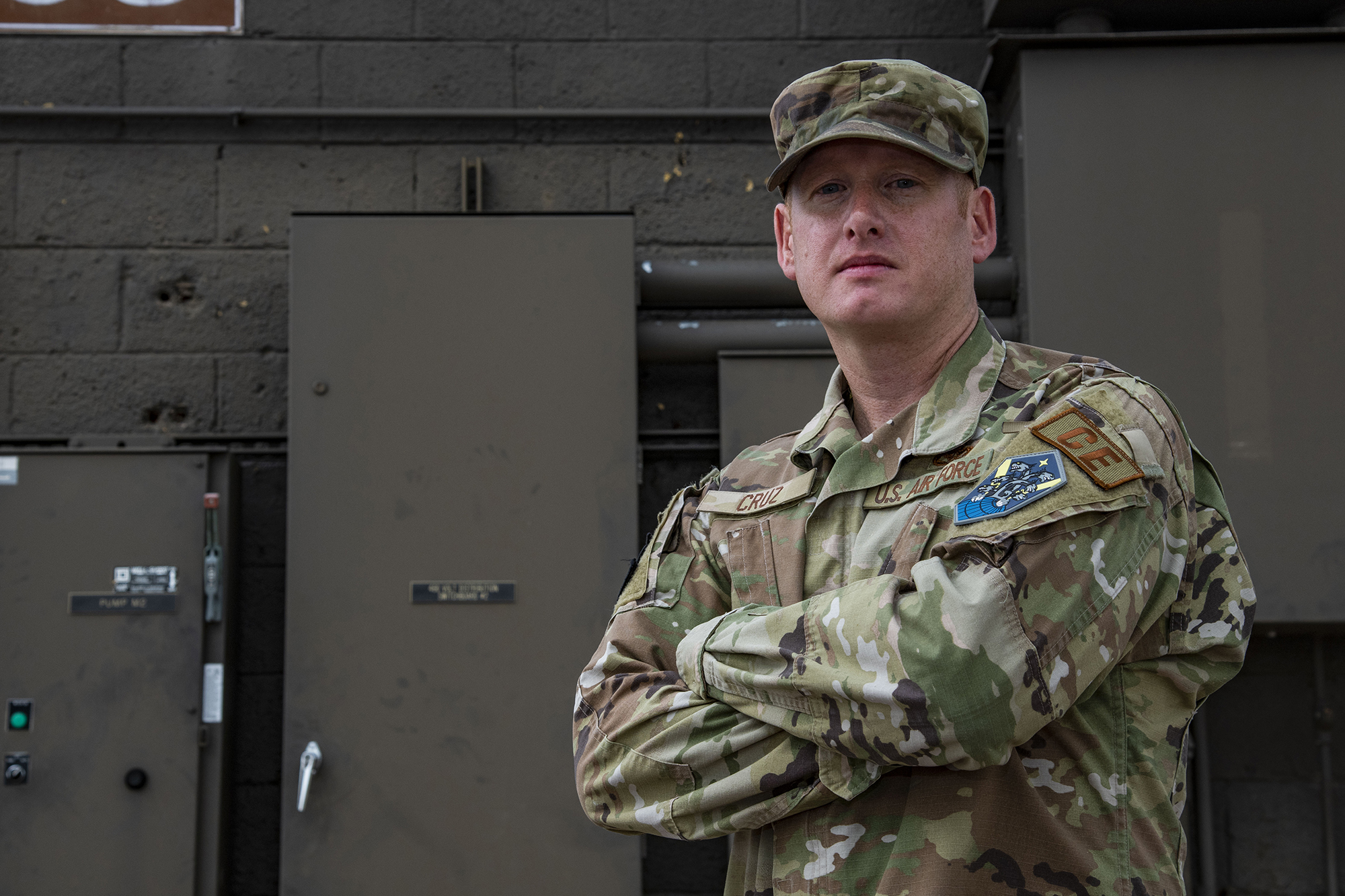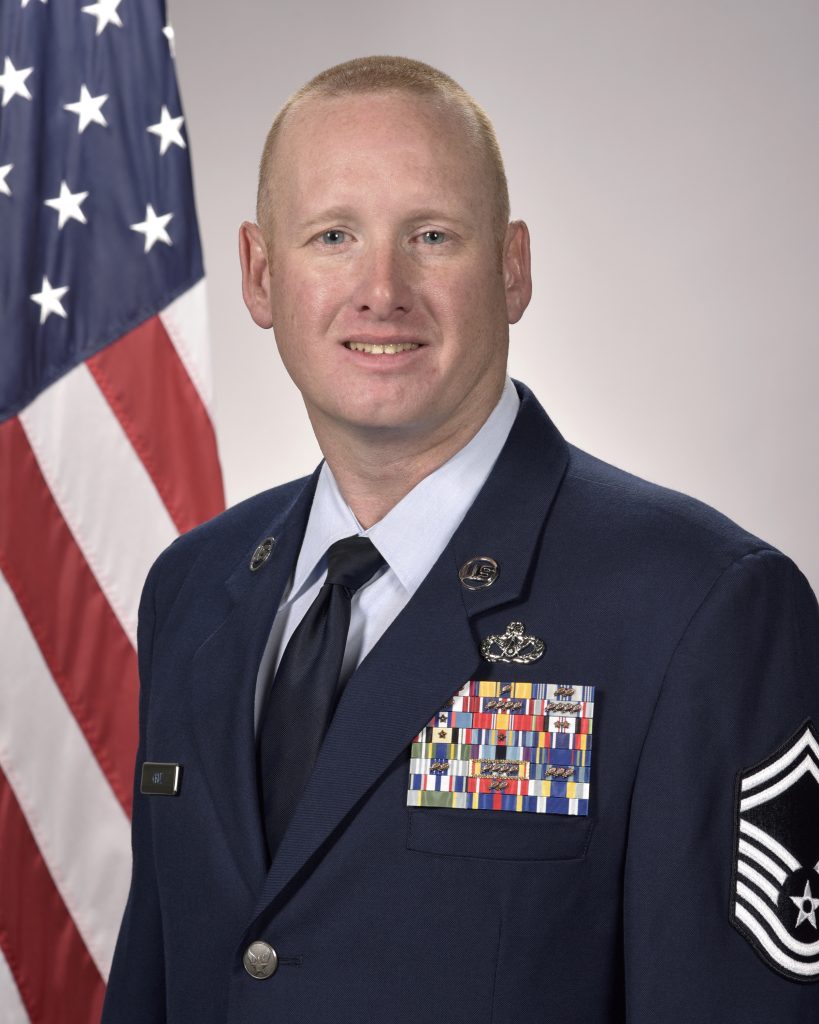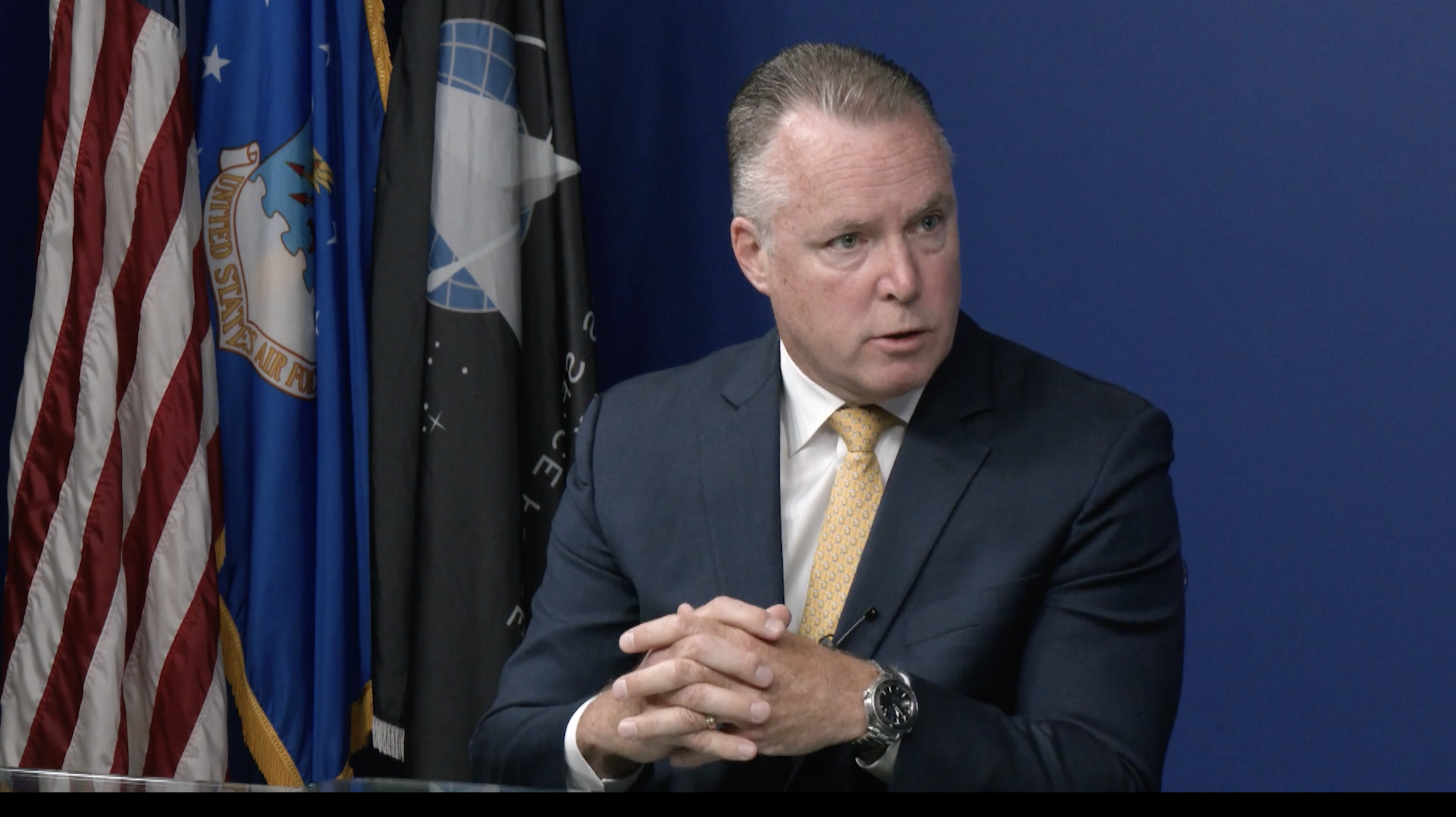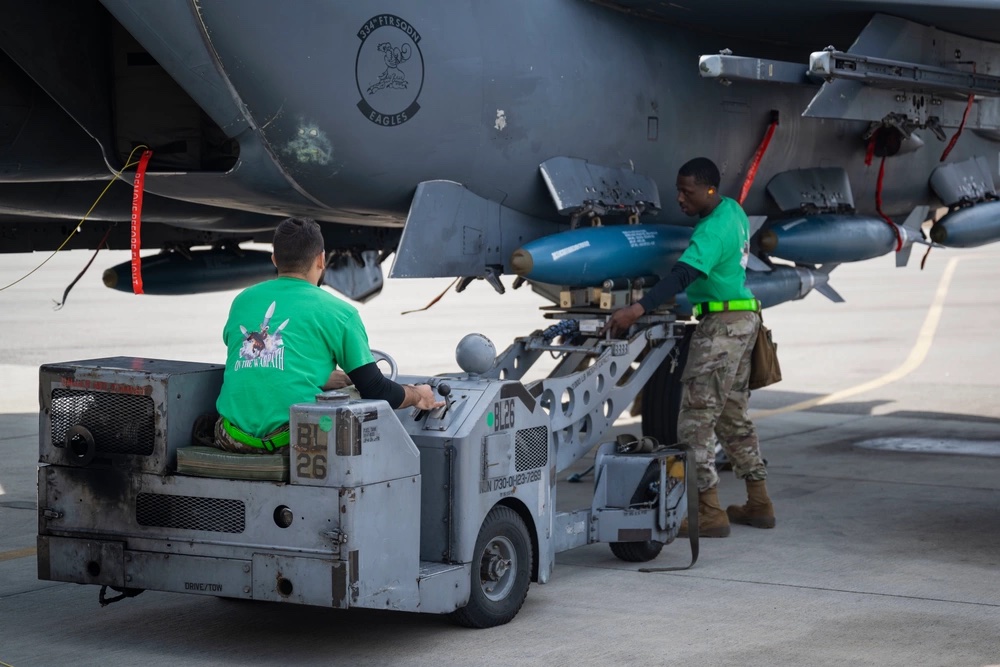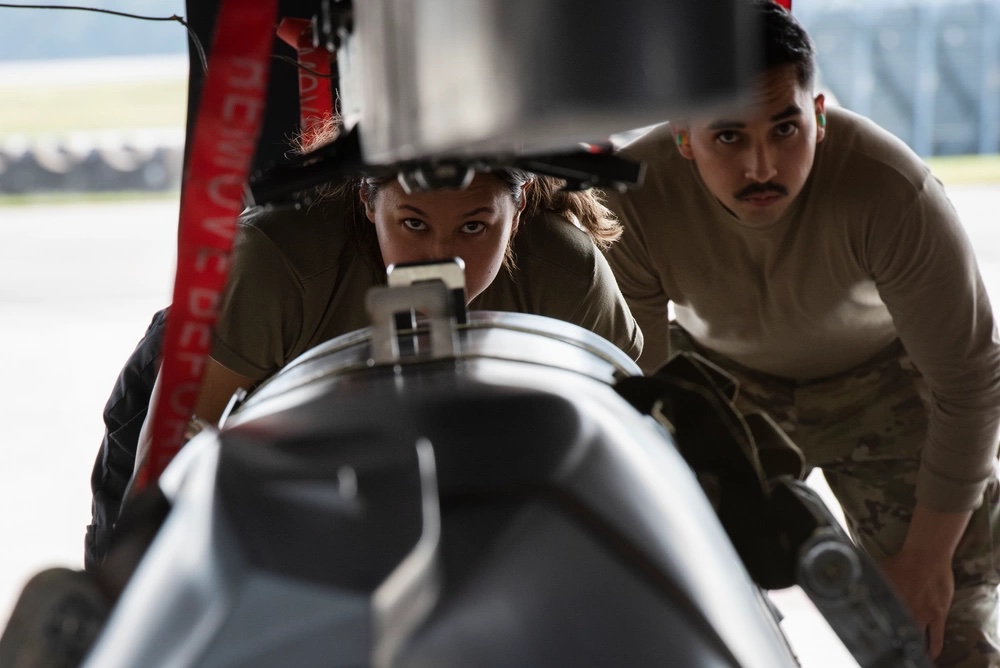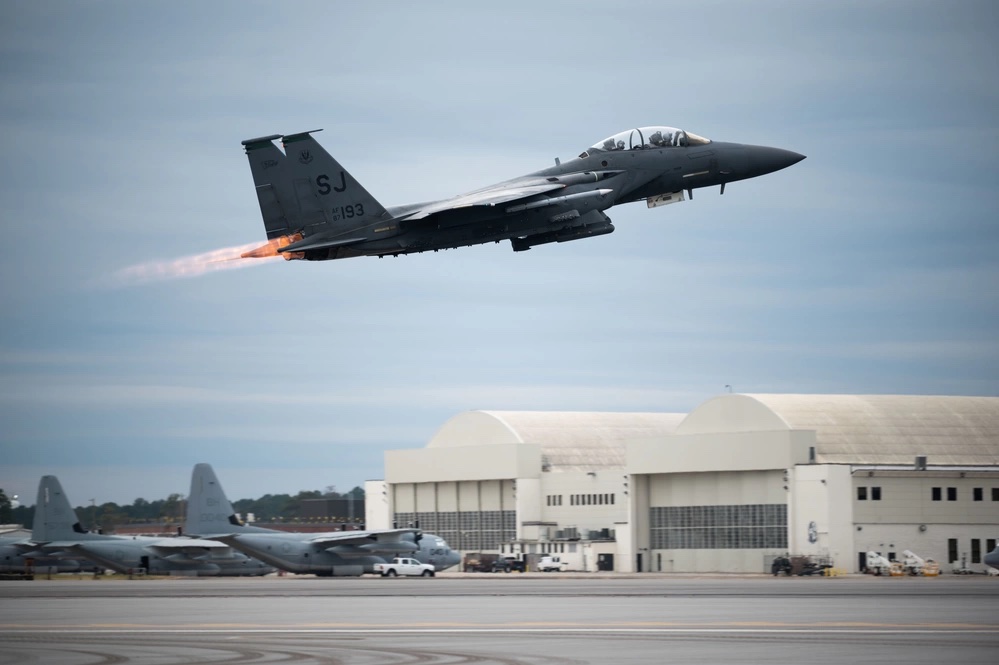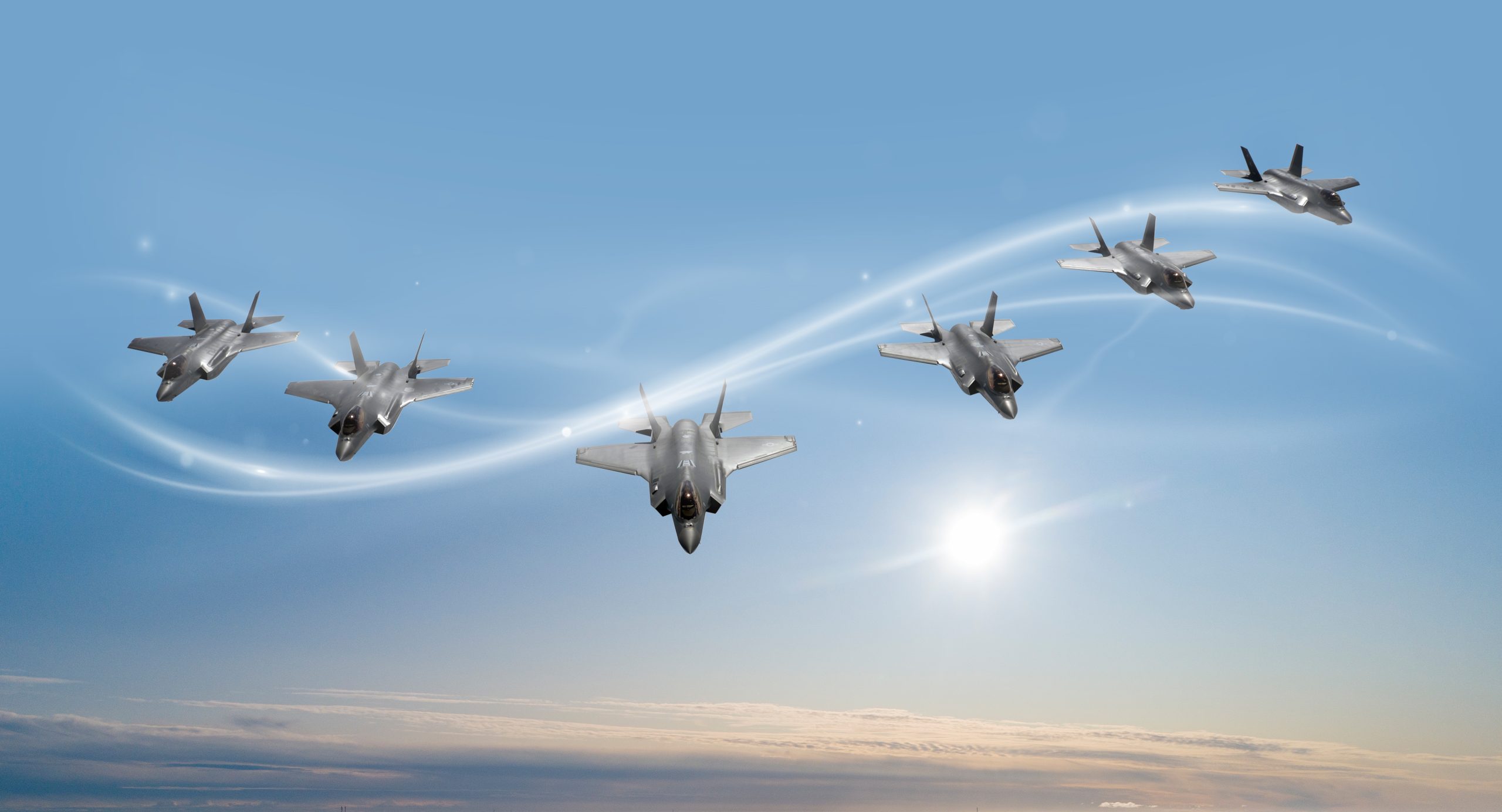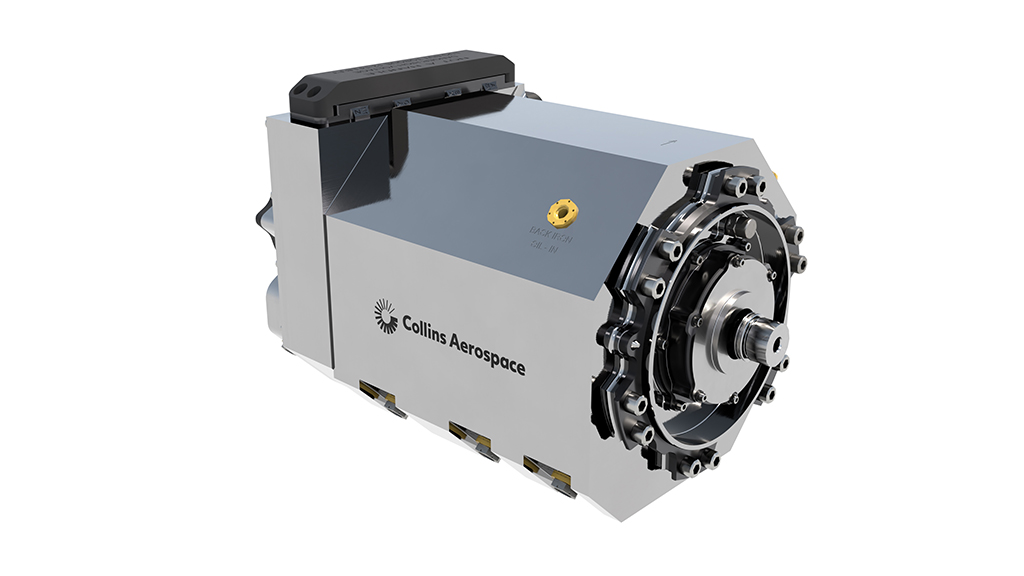Our national defense priority is now once again focused on the high-end fight, requiring the Services to embrace the need to modernize rapidly. However, in many cases our military advantage has eroded from decades of fighting a low-intensity war on terrorism and counterinsurgency operations. With the threat of near peer conflict growing, there is a real need to accelerate the change needed to posture to win if conflict occurs.
For decades, USAF armament maintenance support equipment has been one of the least funded portions of the budget. Many of these items were delivered with the aircraft they support roughly 40 years ago. Importantly, while the aircraft have undergone numerous upgrades, such as supporting Smart weapons, the armament support equipment which is required to keep them fully mission capable has often been overlooked. In fact, most armament test equipment has become obsolete, meaning that the equipment does not support the full functional test requirements of the modernized aircraft armament systems supporting Smart weapons.
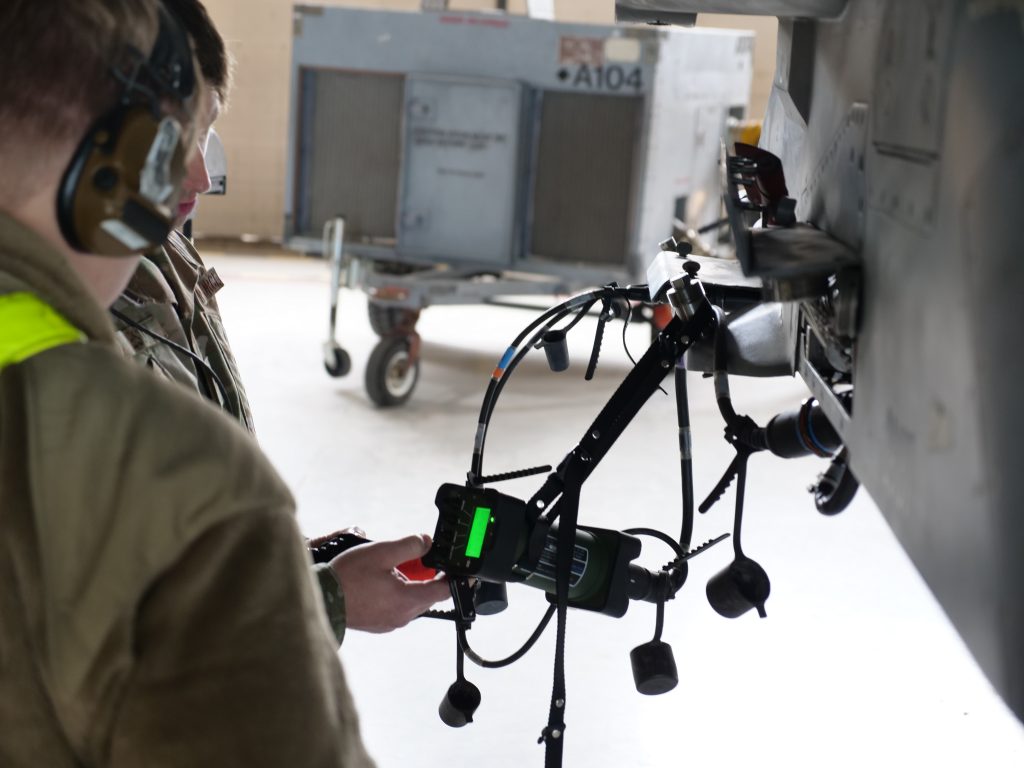
Enabling Agile Combat Employment
As the U.S. Air Force further refines what is needed to Fly, Fight, and Win, a new doctrine note was released defining the concept called Agile Combat Employment (ACE). ACE, like the overarching directive to Accelerate Change or Lose from Gen. Charles Q. Brown, Jr., requires many elements to be successful. The Secretary of the Air Force’s Operational Imperatives seek to specify the essential elements required to win.
To be most effective, those in the Air Force responsible for procuring armament test equipment need to adopt a new method of assessing and replacing obsolete armament support equipment. In other words, modify their approach to adapt to the ACE concept that demands innovative approaches such as armament test equipment intuitive and easy enough to use that will enable multi-capable Airmen to employ a common armament test set across the multiple types of armed aircraft they will be required to support in tailored force packages. ACE puts a premium on easy to train and use, easy to sustain, easy to deploy, high-performance, small footprint, and rapid test time equipment. Today’s armament support equipment should be capable of supporting all Air Force armament test requirements on all armed platforms. Unfortunately, most current Air Force handheld armament flightline test sets can only test the aircraft they were fielded with, and as stated earlier, often lack the ability to perform the full functional tests required to support Smart weapons.
To fully realize the maximum potential of ACE and the Multi-Capable Airmen needed to Fly, Fight, and Win, warfighters should be exploiting existing advancements, most importantly COTS solutions when available, to reduce acquisition cost and fielding time. One such COTS solution was developed by Marvin Test Solutions and is deployed worldwide since 2011 – The MTS-3060A, SERD #75A77, Universal O-Level Armament Test Set known globally as the SmartCan™. The SmartCan is the most advanced handheld armament test set serving on the flightline today in 18 countries, and most recently purchased by the Air National Guard to support all of their armament test needs on their A-10, F-16, and F-15 fleets. Some customers have multiple armed aircraft loaded into every one of their SmartCans to provide greater flexibility in conducting armament test.
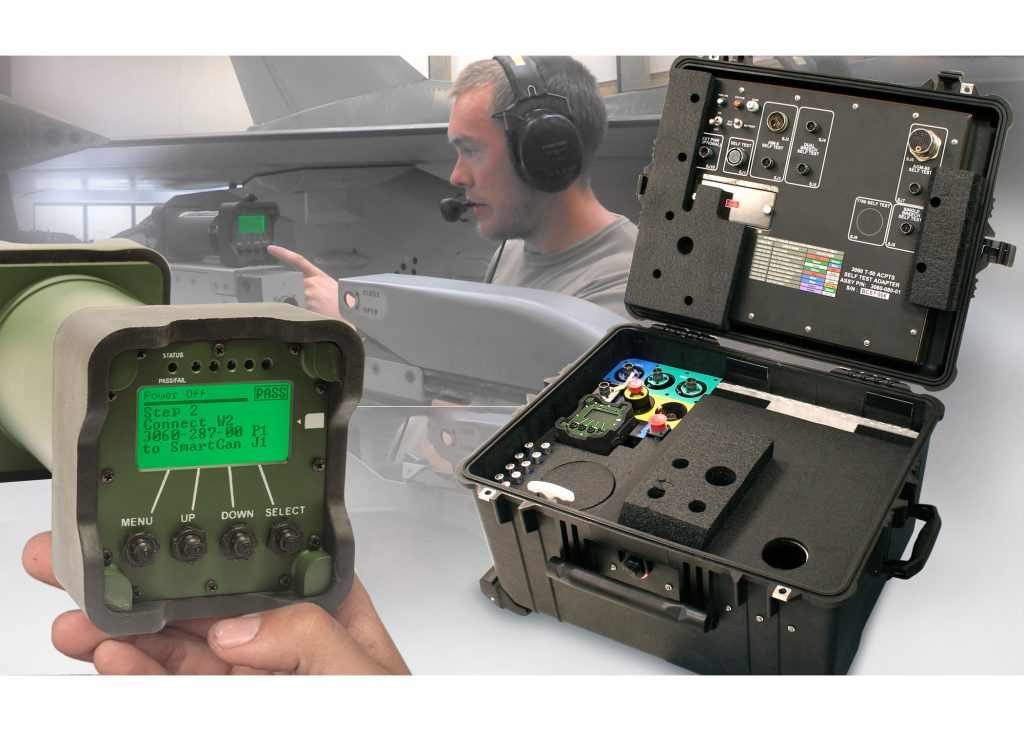
SmartCan has the power to address many of the Smart weapons test gaps found in the handheld flightline armament community as well as the capacity to meet future weapons requirements. Importantly, the ANG has published post-demonstration reports addressing the capabilities of the SmartCan™ to support not only their fighter aircraft, but those of Air Combat Command as well, including their F-15Es and all F-16 blocks.
In order to ensure armament test needs are met across the USAF’s inventory of armed aircraft today and in the future, commonality, capability, and configurability should serve as the cornerstone for armament test equipment managers with the overall goal to support tailored force packages with a minimal footprint. Importantly, the SmartCan has already proven its ability to eliminate many armament test sets on the flightline and support multiple aircraft with every SmartCan. SmartCan, for more than a decade, has been helping to transform air forces and their flightlines’ maintenance operations around the world meeting these goals.
Final thought: the threats to National Security move at the speed of our enemies and not at the pace of the bureaucracy. Change should not be prevented or delayed; aggressive action is needed at all levels to ensure that high tech solutions have the foundational support required to maximize their effects. Now more than ever, it is time to accelerate change or lose. And, losing is not an option.
About the Authors:
Stephen T. Sargeant | Major General, USAF (Ret.)
Major General Steve Sargeant, USAF (Ret.), CEO of Marvin Test Solutions, joined the company in June of 2012 after retiring from the USAF after nearly 34 years where he served as the commandant of The USAF Weapons School, and commander of the 8th and 56th Fighter Wings, as well as the Air Force Operational Test and Evaluation Center. Steve also serves as the Vice President of Strategic Development for The Marvin Group.
Adam Wells | Senior Master Sergeant, USAF (Ret.)
Senior Master Sergeant Adam Wells, USAF, (Ret) is the Warfighter Support Solutions Manager for Marvin Test Solutions (MTS). He joined MTS in 2018 after retiring from the United States Air Force having served for 20 years as an Armament Systems Specialist on the F-16, F-15C/D/E, F-22 and HH-60 aircraft. He also served on the ACC A-4W staff. Finally, Adam is the creator and author of the armament and maintainer content of the MTS Viewpoints and Perspectives Blog.

